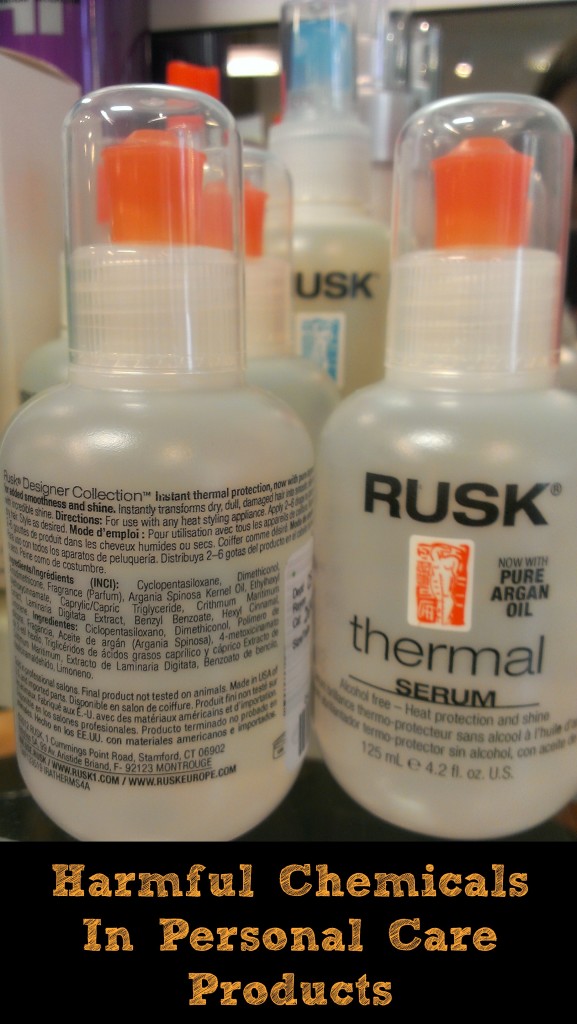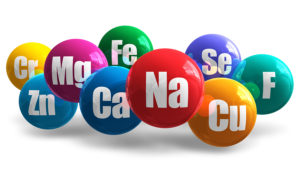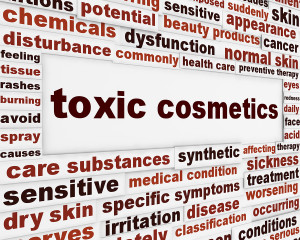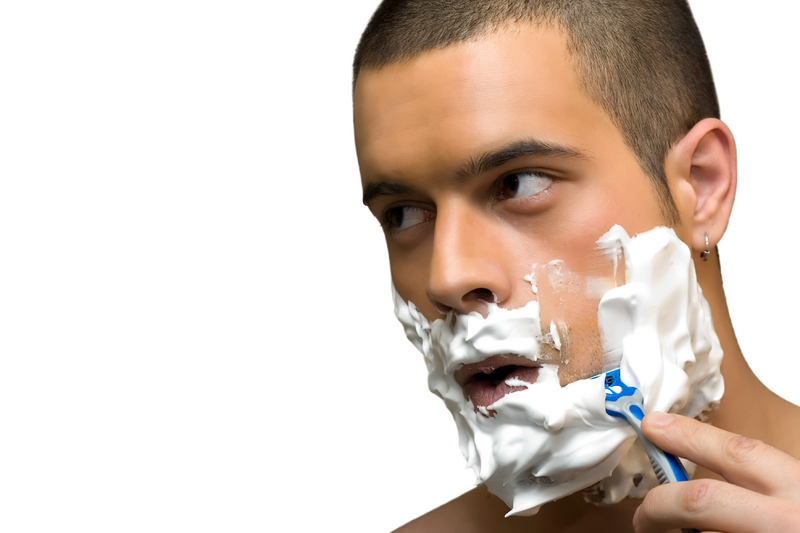Let’s face it, most of us choose a specific hair product because we believe what it claims to do wonders for our hair? …AND, if it’s says “natural” it will most definitely give us that extra push to purchase this magical hair potion. However, more often than not these words are just “marketing-fluff” and you will need to read the ingredient lists. This goes for natural products too, as more times that not that “green tea extract” is 100th on the ingredient list!
Harmful Chemical In Personal Care Product
I know, I know, you don’t have time to read through the 40 chemicals listed on the back on a product. This is why I am here! You really only need to scout the label for a few products and the main one is called “cyclopentasiloxane“.
What Is “cyclo-penta-siloxane”?
Cyclopentasiloxane is part of the “siloxane” chemical family. However, this one in particular is also referred to as “D4” by health Canada. Another harmful siloxane to watch out for is called cyclotetrasiloxane (D5)..but this one isn’t found as frequently in products.
Why Avoid Buying Products With Cyclopentasiloxane?
Not only is this chemical prohibited on Health Canada’s Cosmetic Hot List, but has been found to be carcinogenic in multiple scientific studies.
The European Union also has classified cyclopentasiloxane (D4) as an endocrine disruptor, based on evidence that it interferes with human hormone function,[i] and a possible reproductive toxicant that may impair human fertility.[ii] Additionally, Environment Canada is in the process of restricting siloxanes, but it could take years to do the screening. Best to just avoid these products all together.
Where Else This Chemical Be Found?
Personal care products are just one of many products that contain cyclopentasiloxane. The chemical can also be found in deodorant creams, cosmetics and facial moisturizers…yikes!
Reference
[i]DHI Water and Environment. Study on Enhancing the Endocrine Disrupter Priority List with a Focus on Low Production Volume Chemicals. Revised Report to DG Environment. Hersholm, Denmark: DHI, 2007. http://ec.europa.eu/environment/endocrine/documents/final_report_2007.pdf
[ii] European Commission. Regulation (EC) 1272/2008, Annex VI, Table 3.2. Sep 2009. http://ecb.jrc.ec.europa.eu/classification-labelling/








